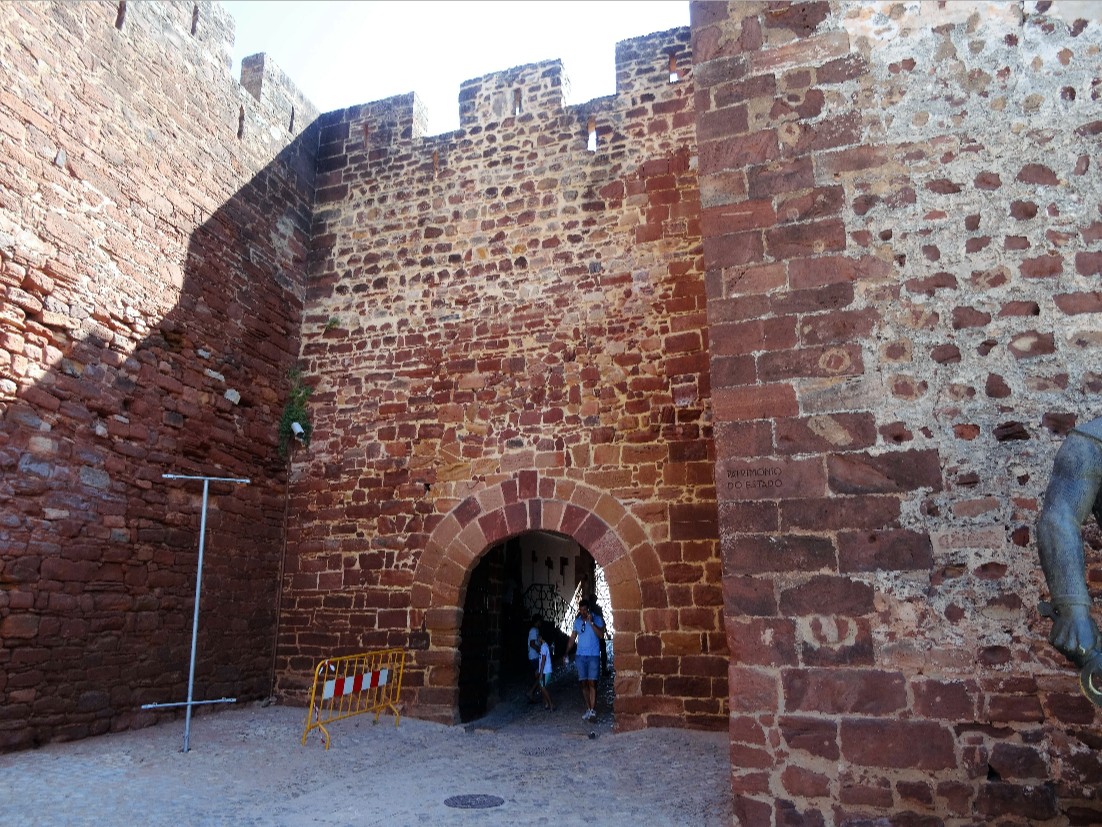


|
|
||||||||||||||||
|
|
||||||||||||||||
|
|
||
|
|
Silves
Silves Castle
 Located in one of the oldest towns in the Algarve, the Castle at Silves dominates the city from the top of the hill. Dating from the times of the Moors, the castle was constructed between the 8th and 13th centuries. However, the remains of foundations and a couple of cisterns confirm that the Romans, who conquered Silves, around 201 B.C. - and transformed it into a citadel and a commercial centre - were also here. Artefacts found at the site also confirm that the Visigoths were also inhabitants. Around 716, the Visigoths were conquered by the Umayyad Caliphate who reinforced the existing fortifications with the construction of a new series of walls. This led to a period of significant development of the fortification by the Moors. In 1060 the castle was taken and held briefly by King Ferdinand I King of Leon and Castile (1037–1065) before being retaken by the Moors. In 1189 it once again was taken by Christian forces under King Sancho I (1185-1212) of Portugal who, with the help of a Crusader army, laid siege to the castle for six weeks before the Moors surrendered following an agreement for safe passage. However, this agreement was not honoured by the Crusaders, resulting in the slaughter of all the defenders and the pillage of the town. In 1190 the Moors attempted to recapture Silves but were kept out with the help of King Richard I (Richard the Lionheart) of England. The Moors returned in 1191 with greater success and it fell to Sancho I to recapture it in 1198 with the assistance of German Crusaders. During the 12th and the first part of the 13th century, Silves was a thriving Moorish settlement and was their regional capital, which they called Aelb. This was captured by Christian forces in 1242 and who continued to develop and renovate the castle. This continued throughout the 14th and 15th centuries. In 1722 and then again in 1755 as a consequence of the Lisbon earthquake, the castle sustained some heavy damage which resulted in some repair and reconstruction work being undertaken. Restoration work started in the 1940s, with the work expanding in 1965 and included the construction of the castle’s tower museum in 1967. The work of restoration has been progressing since then and excavations are still ongoing, with more early buildings being discovered just outside the castle walls. Ringed by its fortified irregular polygon shaped curtain walls and eleven turrets, it has three towers and seven sections of wall constructed of red sandstone. It has a large main gate, with its vaulted ceiling covered in tiles, protected by two towers and a guardhouse which leads to the courtyard. To the right of the entrance is the statue of King Sancho I. When through the entrance, one enters the courtyard. Below the courtyard is the Cistern of Moura, which consists of five naves 10 metres high supported by columns and having an area of 820 square metres. The courtyard also contains the Cisterna dos Căes, which is a well 60 metres (200 ft) deep, used to provide water to the castle. Within the walled enclosure are the garden and the archaeological excavations together with remains of a number of buildings, including the Palace of Balconies with its vaulted Moorish windows. In the square, alongside the southwest wall, are the remains of a house, which is believed to have been the residence of Prince Henry (Henry the Navigator) when he was appointed the Alcalde (the municipal magistrate, who had both judicial and administrative functions) for Silves in 1457. The remains include foundations, a stone staircase and a spacious living room with the remains of its vaulted ceiling. In addition, there are the battlements, which it is possible to walk around, providing a good view over the surrounding area, and the excavations which give an indication of the layout and the extent of the fortifications. Also, the museums, both in the tower and in the old water cistern give an additional insight of the castle and its history, although the descriptions are only in Portuguese. To see more photographs and take a virtual tour of the site click on the photoshow below. |
|
|
|
||
All Photographs were taken by and are copyright of Ron Gatepain
| Site Map |